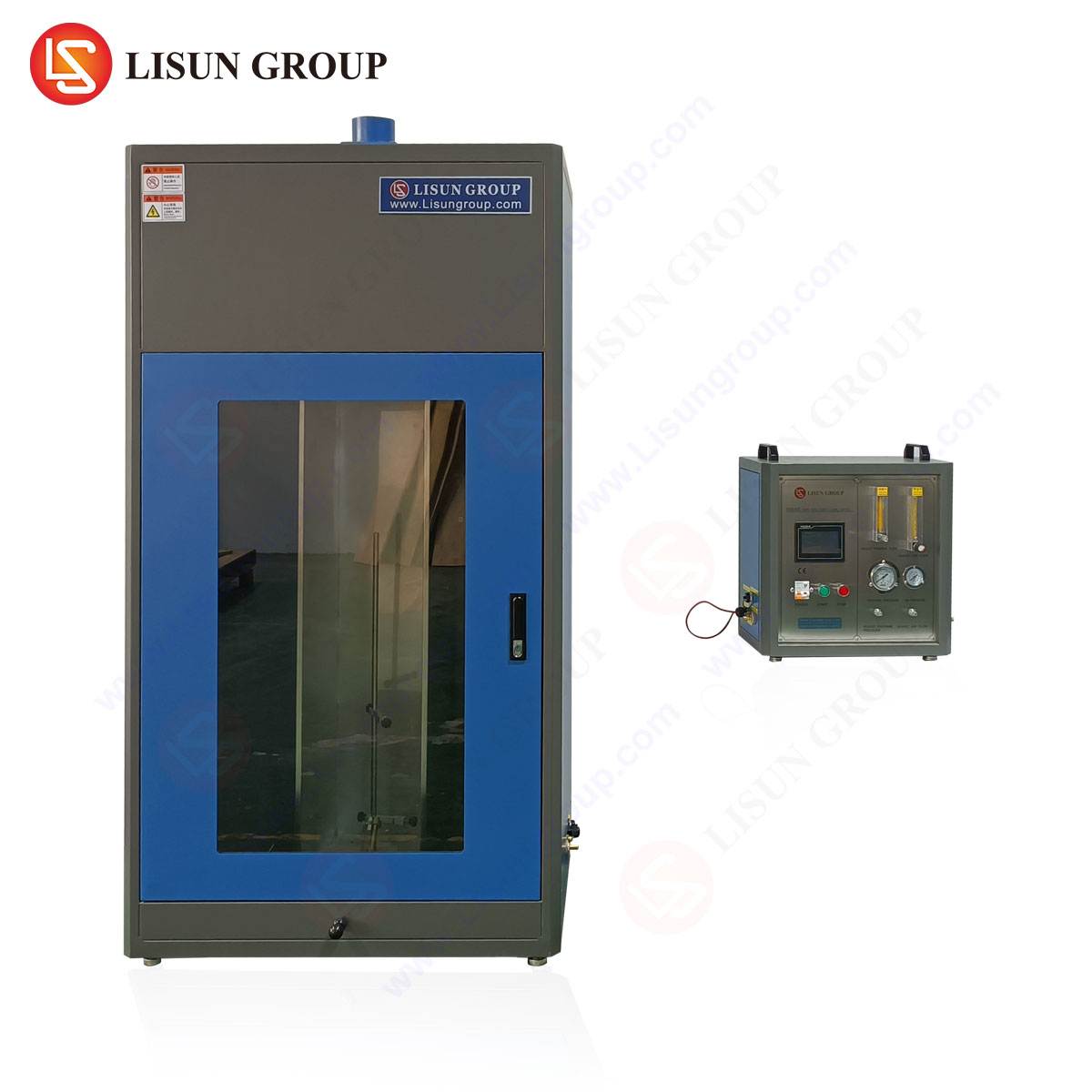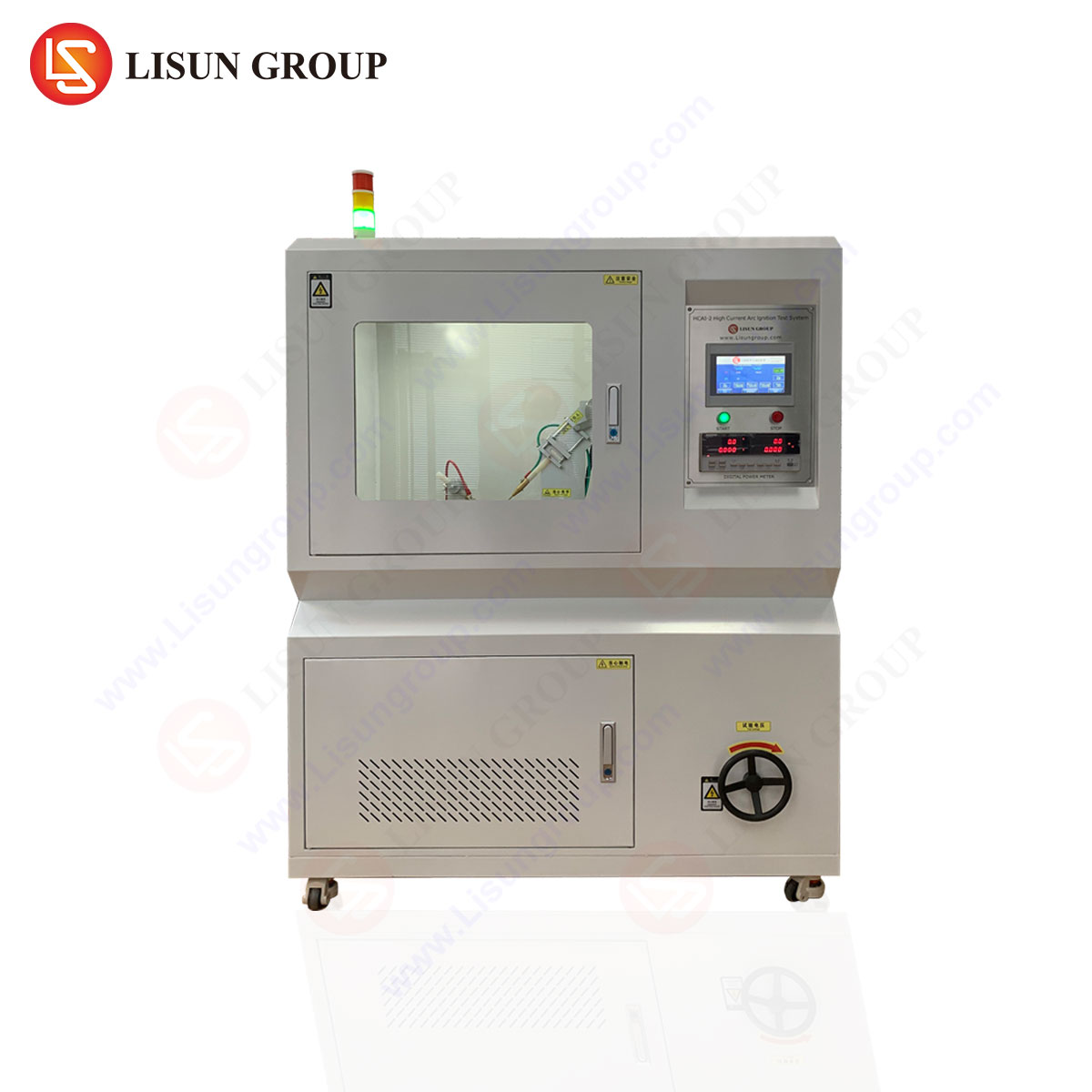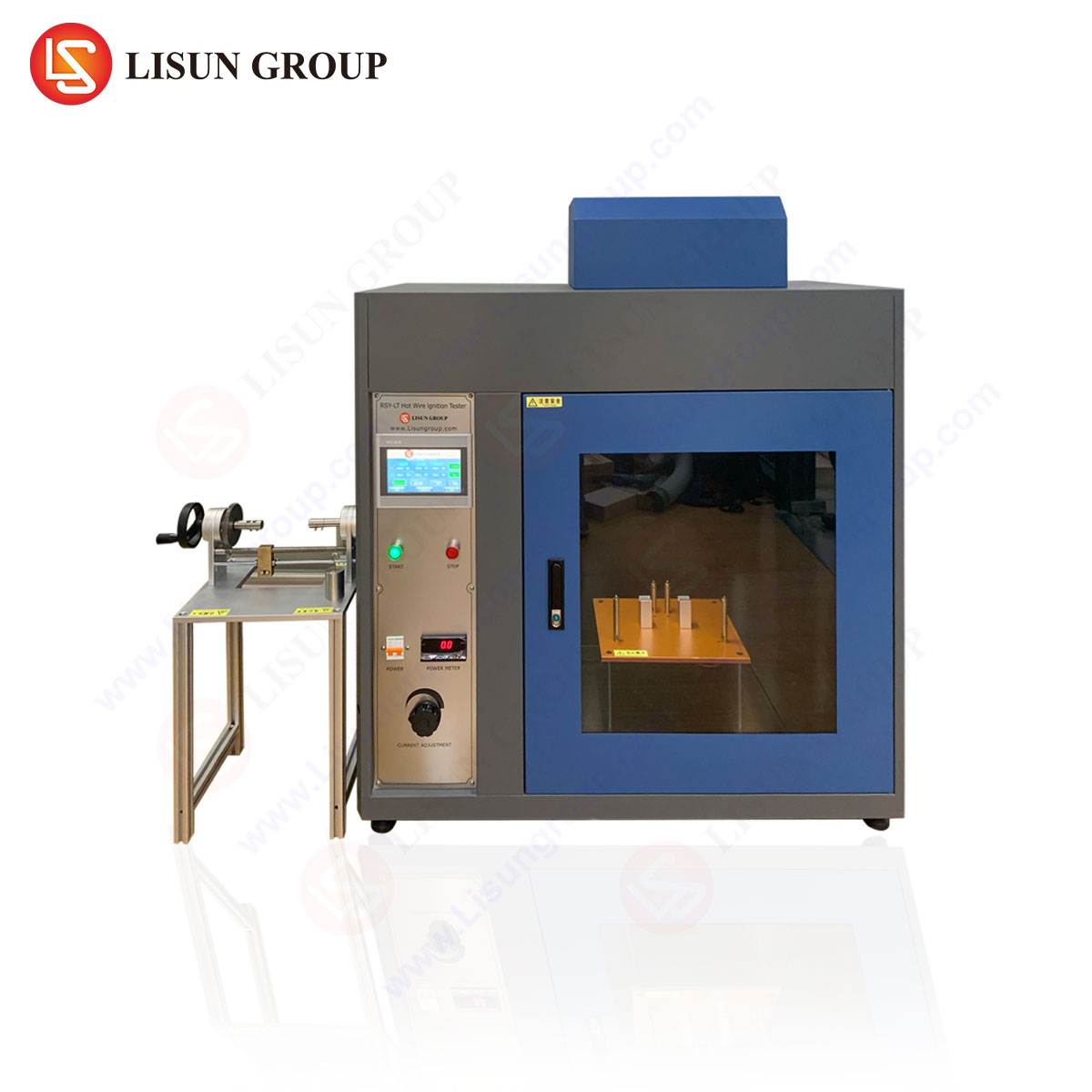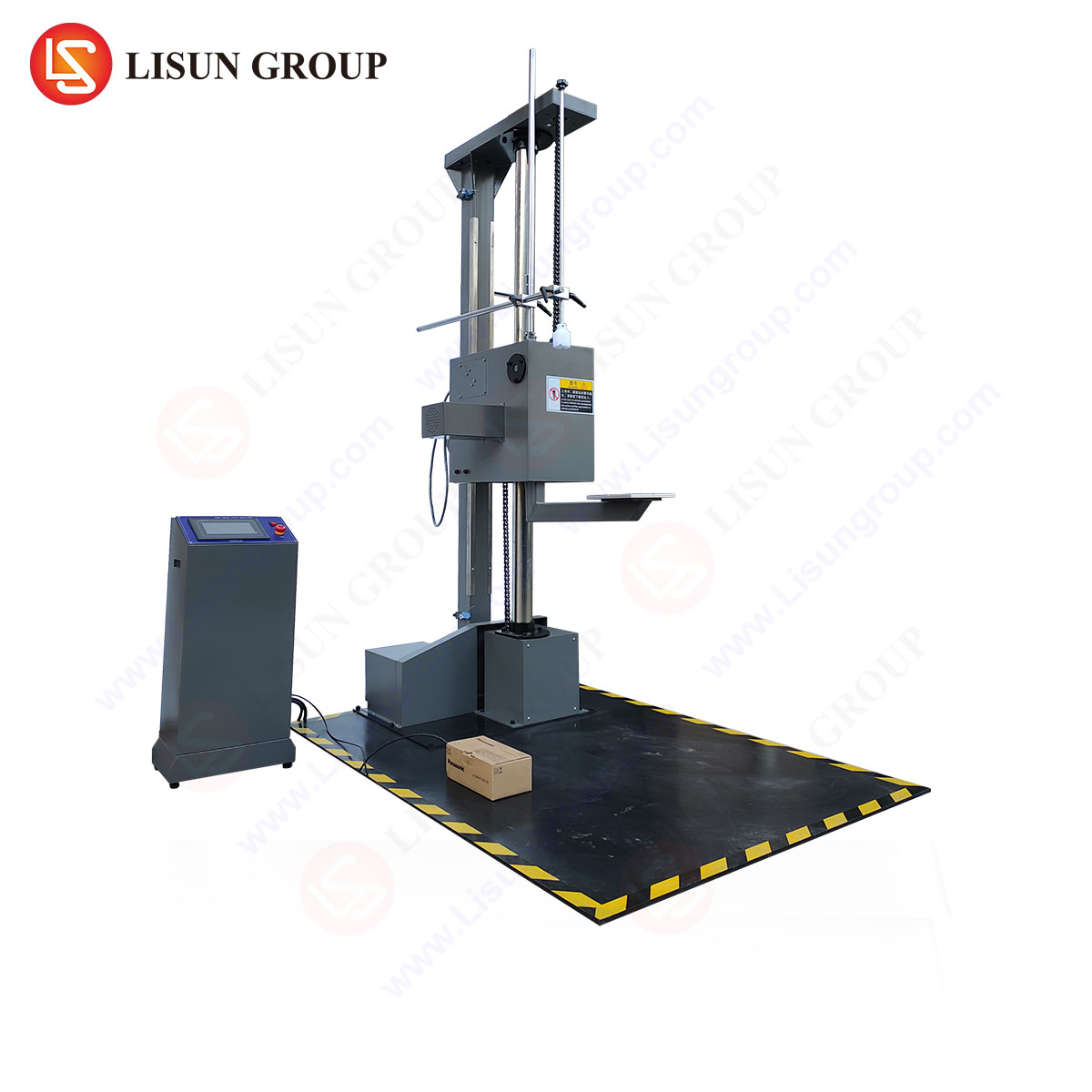Foundational Principles of Optical Clarity and Haze Measurement
The quantitative assessment of material transparency is a critical parameter across numerous manufacturing sectors. Two principal optical characteristics define this transparency: clarity and haze. Clarity refers to the ability of a material to render distinct images of objects viewed through it, a property dependent on the absence of large-scale inhomogeneities or defects. Haze, conversely, is the percentage of transmitted light that deviates from the incident beam by more than 2.5 degrees due to forward scattering from surface imperfections or internal inclusions. This scattering effect manifests as a milky or cloudy appearance, degrading the perceived quality and functional performance of transparent and translucent materials. Precise measurement of these properties is not merely aesthetic; it is a fundamental requirement for ensuring product performance, safety, and compliance with international standards.
The scientific basis for these measurements is defined by several key international standards, primarily ASTM D1003, which outlines the Standard Test Method for Haze and Luminous Transmittance of Transparent Plastics. This standard, along with others such as ISO 14782, prescribes the use of an integrating sphere spectrophotometer for obtaining metrologically sound results. The underlying principle involves measuring the total transmitted light through a specimen and then segregating that light into its unscattered (specular) and scattered (diffuse) components. The accurate quantification of these components allows for the precise calculation of haze percentage and total transmittance, providing an objective metric for material quality.
Instrumentation and Operational Mechanics of the HM-100 Pengukur Kabut Asap
Itu LISUN HM-100 Haze Meter represents a sophisticated implementation of these standardized testing principles. Designed as a dedicated instrument, it integrates a precision light source, a conditioned optical path, an integrating sphere, and high-sensitivity photodetectors to perform automated haze and transmittance measurements in accordance with ASTM D1003 and ISO 14782.
The core operational sequence of the HM-100 is as follows. A stable CIE Illuminant A (tungsten) light source emits a beam of light, which is collimated and directed through the sample chamber. The specimen under test, which must be flat and of a manageable size, is securely placed in the holder. The transmitted light then enters the integrating sphere, a key component coated with a highly reflective, diffuse material such as barium sulfate. The sphere’s function is to collect all transmitted light—both direct and scattered—and to homogenize its distribution, ensuring that the detectors receive a uniform flux. Two silicon photoelectric cells are strategically positioned: one measures the total transmitted light (T2), while the other, placed at a specific port to exclude the directly transmitted beam, measures the scattered light component (T4). The instrument’s microprocessor then calculates the haze value using the formula: Haze (%) = (T4 / T2) * 100%, where T1 and T3 are reference readings taken without the sample for calibration.
Key technical specifications of the HM-100 include a haze measurement range of 0 to 30% with a resolution of 0.01%, and a transmittance range of 0 to 100% with a resolution of 0.1%. Its repeatability is exceptionally high, with a haze deviation of less than 0.05% and a transmittance deviation under 0.1%, making it suitable for the most stringent quality control protocols. The instrument features a large, high-resolution LCD interface for intuitive operation and data presentation, and it offers statistical analysis capabilities, including average, maximum, and minimum values, standard deviation, and high-low limits for pass/fail judgment.
Critical Applications in High-Stakes Manufacturing Sectors
The application of clarity meters like the HM-100 extends far beyond simple plastic film production. In the realm of Elektronik Otomotif Dan Komponen Kedirgantaraan dan Penerbangan, transparent polycarbonate and acrylic are used for cockpit displays, touchscreen interfaces, and instrument panel covers. Excessive haze can impair readability under direct sunlight or night-driving conditions, posing a significant safety risk. Regular batch testing with a haze meter ensures these critical components meet the low-haze thresholds required for optical clarity.
Within Peralatan Medis, clarity is paramount for single-use items like IV drip chambers and syringe barrels, where healthcare professionals must visually monitor fluid levels and check for bubbles or contaminants. A high degree of transparency, verified by low haze values, is essential for accurate visual inspection. Similarly, protective sight glasses on diagnostic equipment require impeccable clarity to avoid distorting the operator’s view.
Itu Perlengkapan Pencahayaan industry relies on haze measurement to qualify diffuser panels and covers. While some applications desire high haze to create a soft, uniform glow, the specific value must be controlled and consistent from batch to batch. The HM-100 allows manufacturers to precisely engineer and verify the diffusive properties of poly(methyl methacrylate) (PMMA) and polystyrene sheets used in LED panels, automotive lights, and architectural luminaires.
Untuk Komponen Listrik such as switches, sockets, and indicator light covers, the material must often balance translucency with color. Haze can affect the perceived brightness and color uniformity of an illuminated indicator. Quality control labs use haze meters to ensure that the molded polymers used in these components provide consistent light diffusion, guaranteeing that end-products from different production runs perform identically.
Dalam Peralatan Telekomunikasi, optical-grade plastics are used in lenses for fiber optic connectors. Surface haze and internal scattering can introduce signal loss (attenuation) by deflecting light away from the core. While primary testing involves optical time-domain reflectometers (OTDRs), material qualification using a haze meter provides a rapid, non-destructive method for screening polymer samples before they are precision-machined into final components.
Establishing a Rigorous Quality Control Protocol
Integrating a haze meter into a quality control workflow requires a formalized protocol to ensure data integrity and reproducibility. The procedure begins with a regular calibration routine using traceable standard reference materials, typically a haze standard and a transmittance standard, to verify the instrument’s accuracy as per its specified tolerances.
Sample preparation is critical. Test specimens must be clean and free of fingerprints, dust, or scratches, as these surface contaminants will artificially inflate haze readings. For consistent results, samples should be of uniform thickness and cut to a size that completely covers the instrument’s sample port without overlapping. Environmental conditions, particularly ambient light, should be controlled, as stray light entering the integrating sphere can corrupt measurements. Most modern instruments like the HM-100 are designed to mitigate this, but operating in a stable laboratory environment is considered best practice.
A robust QC protocol involves testing a statistically significant number of samples from each production batch—for instance, taking five samples from the start, middle, and end of a production run. The results are then analyzed not just for pass/fail against a single specification limit, but for statistical process control (SPC). Trends in the data, such as a gradual increase in average haze over time, can signal a degradation in the raw polymer resin, a problem with the molding process (e.g., incorrect temperature leading to incomplete polymer fusion), or contamination in the extrusion line. This proactive approach allows for corrective action before an entire batch is rendered non-conforming.
Comparative Analysis and Technical Advantages of Modern Meter Design
When evaluated against alternative methods or older-generation instruments, the HM-100 exemplifies several key competitive advantages inherent in modern haze meter design. The primary alternative to a dedicated haze meter is a general-purpose UV-Vis spectrophotometer equipped with an integrating sphere accessory. While versatile, these systems are often more complex to operate, require more extensive training, and are significantly more expensive. The HM-100, as a dedicated instrument, offers a optimized workflow, faster measurement cycles, and a lower cost of ownership, making it the more efficient choice for a production QC environment focused solely on haze and transmittance.
The instrument’s design incorporates features that directly enhance measurement reliability. The use of a CIE Standard Illuminant A provides results that correlate well with visual assessment under incandescent lighting. The high-quality integrating sphere coating ensures excellent spatial uniformity of reflected light, minimizing measurement error. Furthermore, the automated calibration sequence and user-friendly software reduce operator-dependent variables, a common source of error in manual or poorly designed systems. The ability to set tolerance limits and obtain immediate pass/fail results streamlines the inspection process on the factory floor, allowing for rapid decision-making regarding material disposition.
Interpreting Data for Process Optimization and Failure Analysis
The data generated by a clarity meter is a powerful diagnostic tool that extends beyond basic compliance. A sudden spike in haze readings from a single sample often indicates a localized contamination event or a manufacturing defect. By cross-referencing the time stamp of the faulty sample with extruder or molding machine logs, engineers can pinpoint the exact moment a problem occurred, such as a resin purge or a machine fault.
More subtly, a gradual upward creep in the average haze value across a batch suggests a systemic issue. This could be caused by polymer degradation due to excessive barrel temperatures in an extruder, the gradual introduction of a incompatible regrind material, or wear in a screw or barrel leading to inadequate melting and mixing. Conversely, a downward trend in haze might indicate a change in the additive package, such as an anti-blocking agent, or a shift in the crystallinity of the polymer. By treating haze as a key process indicator (KPI), manufacturers can move from a reactive QC model to a proactive one, using data to fine-tune processes for optimal material performance and consistency.
Pertanyaan yang Sering Diajukan (FAQ)
Q1: How often should the HM-100 Haze Meter be calibrated, and what standards are required?
For rigorous quality control, it is recommended to perform a full calibration using certified reference standards at least monthly, or in accordance with the laboratory’s accredited ISO 17025 schedule. Daily or weekly verification checks with a working standard are also advised. The calibration requires two physical standards: a Haze Standard (e.g., a value of approximately 5%) and a Transmittance Standard (e.g., 100% and 0%).
Q2: Can the HM-100 measure the haze of strongly colored or tinted samples?
Yes, the HM-100 can measure colored materials. The principle of haze measurement is based on the scattering of light, which is largely independent of wavelength absorption (color). The instrument will accurately report the percentage of transmitted light that is scattered, though the total transmittance value will naturally be lower for deeply colored samples.
Q3: What is the maximum sample thickness the instrument can accommodate?
The HM-100 is designed for flat samples. While there is no explicit maximum thickness defined by a hard limit, the sample must fit within the sample chamber. The practical constraint is optical: extremely thick samples may exhibit significant light absorption, reducing the signal-to-noise ratio for the scattered light measurement, potentially affecting accuracy for very low-haze materials. For most polymers and glasses, standard thicknesses are well within the instrument’s capabilities.
Q4: How do surface scratches on a sample affect the haze measurement?
Surface scratches act as scattering centers and will significantly increase the measured haze value. This is not an artifact; it is a correct measurement of the sample’s optical state. Therefore, it is imperative that samples are handled with care, using gloves, and cleaned with appropriate solvents and lint-free wipes immediately before measurement to ensure results reflect the bulk material properties and not surface damage.
Q5: Does the instrument comply with international safety and EMC standards?
The LISUN HM-100 is designed and tested to comply with relevant international standards for safety (e.g., IEC 61010-1) and electromagnetic compatibility (EMC, e.g., IEC 61326-1). This ensures safe operation in a laboratory environment and that the instrument’s performance is not adversely affected by external electromagnetic interference, nor does it emit interference that could affect other equipment.






